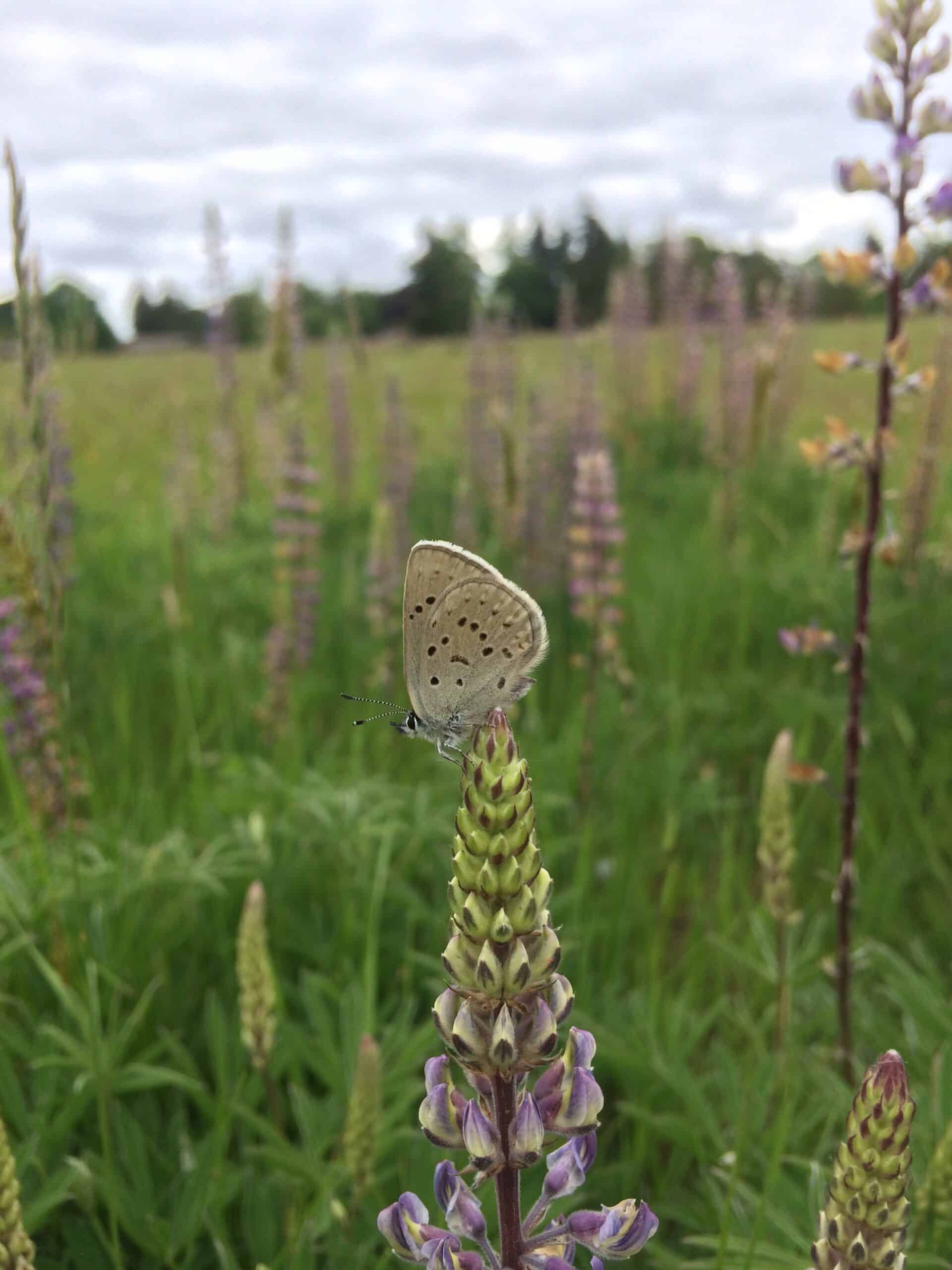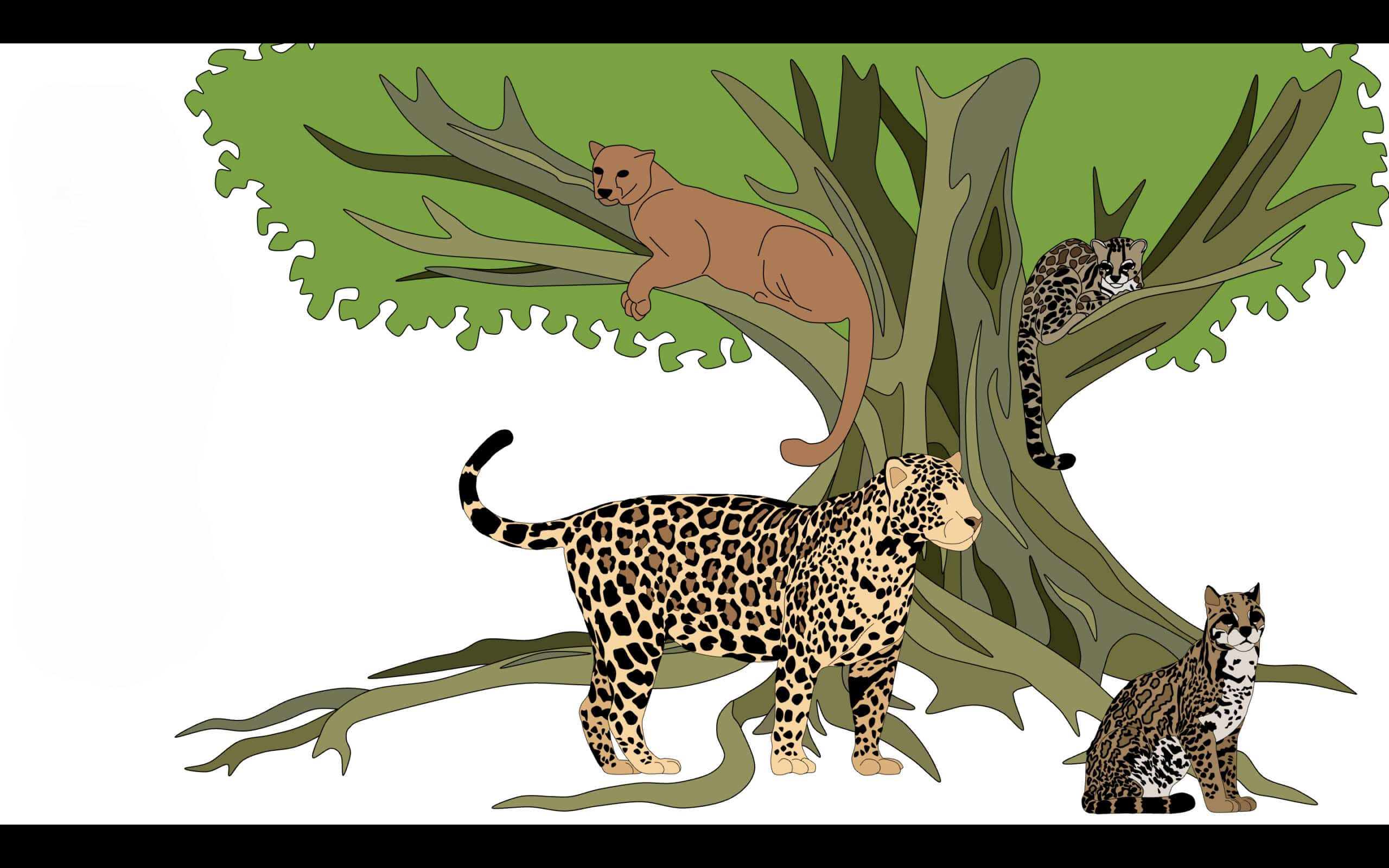Share this article
Wildlife may suffer from longer transition into spring
Marked by the increased availability of light, the vernal window is the time between the end of winter and the beginning of the growing season. Now research suggests that the warmer, less snowy winters that climate change is expected to bring could make this transition period stay open longer, which may have impacts on wildlife that are yet unknown.
“We found in winters that have been warmer or winters that have had less snow, the vernal window is longer,” said Alix Contosta, a research assistant professor at the University of New Hampshire’s Earth Systems Research Center and lead author of the paper in Global Change Biology. “If it’s been cold or there’s been a lot of snow, when spring comes, you spring the window open wide at once. If it’s been warm or there hasn’t been much snow, then the window inches open.”
Considering the crucial role the vernal window plays in the annual cycling of energy, carbon, other nutrients and water, what would this lengthening mean for wildlife? That’s a question Contosta has just begun scratching the surface of.
She’s analyzing herring migration in New Hampshire to determine whether the time between when stream flow peaks and when the run starts varies with winter temperature and precipitation. She’s also investigating how changes in the timing of the ice melt and loon migration could interact as the vernal window draws out.
“The implication is vernal asynchrony,” Contosta said. “Migratory animals are responding to temperature cues far from where they’re migrating to. If spring is happening earlier in the northeast, but animals are arriving at the time they always have, there’s a disconnect that could play out in ways we don’t understand.”
Contosta and other scholars from the University of New Hampshire, Plymouth State University, Keene State College, Dartmouth College, St Anselm’s College, and White Mountains Community College set up dozens of sensors to gather environmental data across the state. From 2012 to 2014, they monitored a wide range of factors, such as temperature, snow depth and weight, soil moisture, stream flow and nutrient concentrations, to gain a more holistic understanding of the ecological processes characterizing the vernal window. The researchers also used satellite data to identify when leaves came out and forest canopies closed. They developed algorithms to analyze the vast information the sensor network collected and get a sense of the vernal window’s dynamics.
“We defined the vernal window as the period between when air temperature’s warming above 32 Fahrenheit and when the forest canopy closes,” Contosta said. “The snowpack starts to melt, soils warm up and streams warm up and run fast. If you have a short vernal window, snow melt happens fast and water pulses through the ecosystem quickly. If you have a long vernal window, you have a long period of time when water is moving through soil before trees are active and using that water.”
The research team found that depending on how low the temperature dropped or how much snow fell, the vernal window ranged between a month and three months in their study.
“The last few years, we’ve been stuck in this hangover season where it’s not winter and it’s not spring,” Contosta said. “We’ve seen in other research that winters are getting warmer, and we’re seeing a loss of snowpack. If we have warmer winters with less snow, then we may see a longer vernal window.”
Image caption: The great northern loon and other migratory animals could suffer from changes in environmental cues as the transition into spring gets longer.
Header Image: The great northern loon and other migratory animals could suffer from changes in environmental cues as the transition into spring gets longer. ©Jarek Tuszyński








